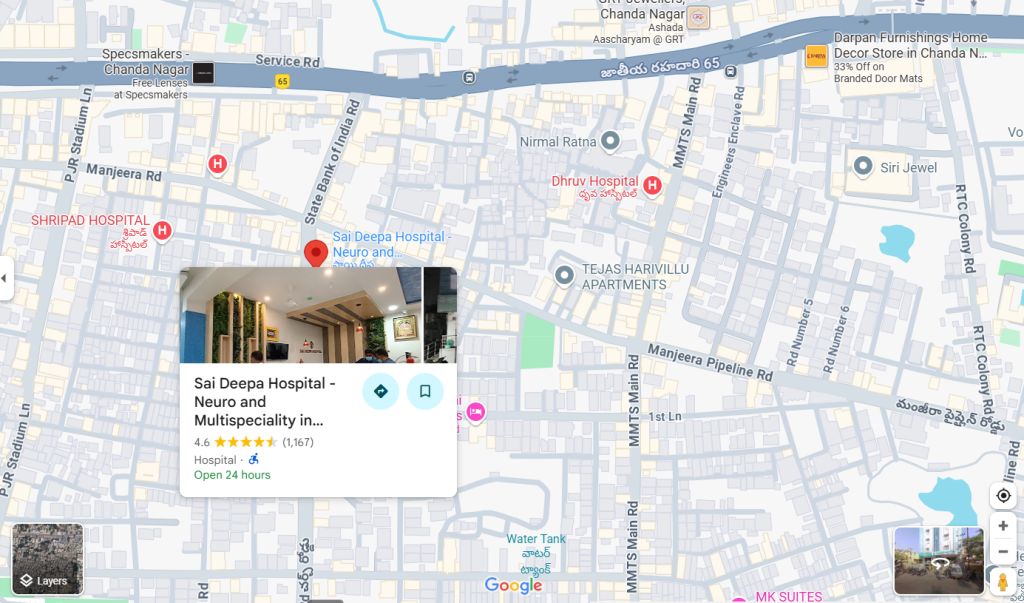Best Peripheral Vascular Treatment in Hyderabad
- Home
- Best Peripheral Vascular Treatment in Hyderabad
Best Peripheral Vascular Treatment in Hyderabad
Peripheral Vascular Diseases (PVD) are conditions that affect the blood vessels outside of the heart and brain. These diseases mainly occur when blood flow to the limbs, usually the legs, becomes restricted due to narrowing or blockage of arteries or veins. Poor circulation can cause discomfort, pain, and in advanced cases, serious complications such as tissue damage, non-healing ulcers, or even the risk of amputation. Millions of people worldwide live with PVD without realizing it until the condition advances.
Book Free Appointment
1L+
Happy Customers
25+
Qualified Doctors
50
Rooms
5000+
Successful Surgeries
Free
Consultation
24/7 Ambulance
Facility
Insurance
Claim Support
What is Peripheral Vascular Disease?
Peripheral Vascular Diseases refer to a group of disorders affecting the peripheral blood vessels, which include arteries and veins outside the heart and brain. The most common form of PVD is Peripheral Arterial Disease (PAD), where arteries supplying the legs or arms become narrowed or blocked due to the buildup of fatty deposits called plaque. Another important category includes venous diseases, such as chronic venous insufficiency and varicose veins, where veins struggle to return blood effectively to the heart.
PVD can be classified as either:
Arterial PVD: Involving reduced blood flow due to narrowing or hardening of arteries.
Venous PVD: Involving improper blood return due to vein-related problems.
Understanding this distinction is crucial because the treatment approach varies depending on whether arteries or veins are primarily affected.
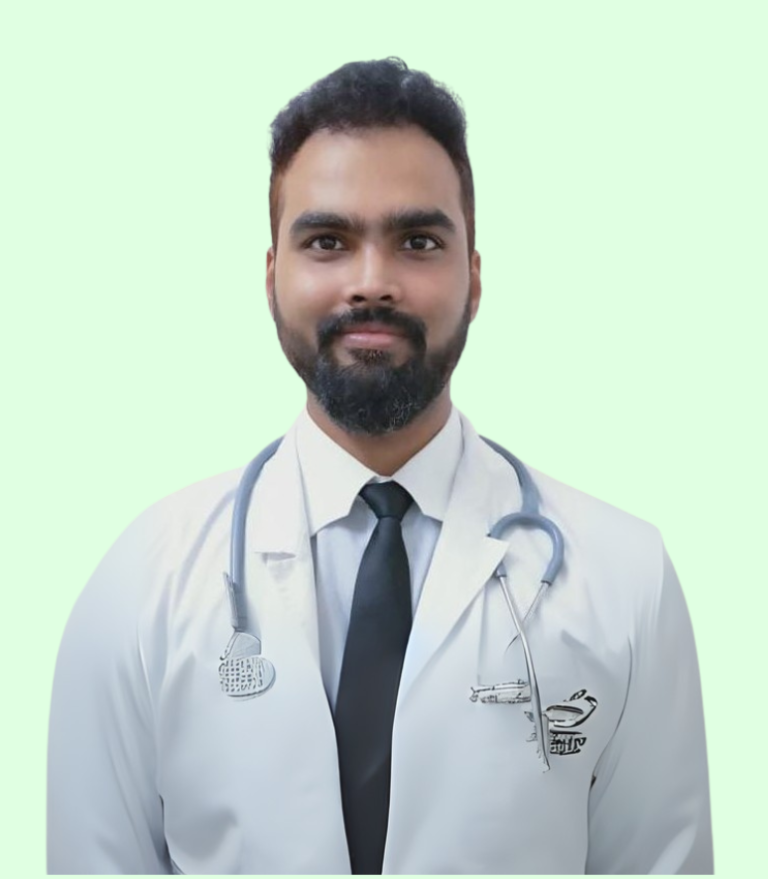
Dr. Sasidhara Roa A
MBBS, MS
5000+ Successful Surgeries
11+ Years of experience
Dr. Sasidhara Rao A. is an experienced General and Laparoscopic Surgeon at Sree Sai Deepa Hospitals, Chandanagar, with over 11 years of expertise and 5000+ successful surgeries. He specializes in laparoscopic, laser, and microscopic surgeries, treating conditions like piles, fissures, varicose veins, and gallbladder issues.
Doctor’s Fellowships:
Fellowship - International Society of Coloproctology
Fellowship in Intimate Health
Fellowship in Diagnostic Endoscopy
What are the Causes of Peripheral Vascular Diseases?
Peripheral Vascular Diseases usually develop gradually and are influenced by a combination of medical, lifestyle, and genetic factors.
One of the most common causes is atherosclerosis, a process in which fatty deposits build up on the arterial walls, making them stiff and narrow. Over time, this reduces blood flow to the limbs. Conditions such as diabetes, high blood pressure, and high cholesterol further accelerate this process.
Smoking is another significant contributor. Tobacco damages the lining of blood vessels and promotes plaque formation, making smokers two to four times more likely to develop PVD compared to non-smokers.
Obesity and a sedentary lifestyle also play major roles by contributing to poor circulation and metabolic disorders. Family history of vascular diseases increases the risk as well. Additionally, venous PVD often arises due to prolonged standing, obesity, or damage to valves in the veins that prevent backflow of blood.
What are the Risk Factors Associated with PVD?
Not everyone develops Peripheral Vascular Diseases, but certain risk factors increase the chances significantly. Patients with diabetes are particularly vulnerable since high blood sugar damages blood vessels and nerves, impairing circulation. People over the age of 50 are at greater risk, especially if they have other health issues like hypertension or kidney disease.
Men tend to develop arterial PVD slightly earlier, although women may experience more severe symptoms once affected. Lack of regular physical activity and unhealthy diets rich in saturated fats also add to the risk. Identifying these risk factors early can help people adopt preventive measures before the disease progresses.
What are the Symptoms of Peripheral Vascular Diseases?
Peripheral Vascular Diseases can remain silent in the early stages, making them dangerous because patients may not notice any problem until circulation is severely restricted.
The most common symptom of arterial PVD is claudication, which is cramping pain in the legs or hips that appears during walking or exercise and improves with rest. As the disease progresses, pain may occur even while resting. Some patients experience numbness, weakness, or coldness in the affected limb. Wounds or sores on the feet that do not heal properly are alarming signs of advanced disease.
In venous PVD, symptoms may include swelling in the legs, heaviness, aching, varicose veins, or skin discoloration. Long-standing venous problems can result in ulcers, particularly around the ankles. Ignoring these warning signs may lead to severe complications, including gangrene in arterial cases or chronic ulcers in venous cases.
Get your surgery cost
What are the Complications of Peripheral Vascular Diseases?
If left untreated, Peripheral Vascular Diseases can cause life-threatening consequences. Reduced blood flow to the limbs increases the risk of critical limb ischemia, where tissues begin to die due to lack of oxygen. This condition often requires urgent intervention to restore circulation and sometimes even surgical procedures like amputation.
Venous complications include chronic venous ulcers, deep vein thrombosis, and pulmonary embolism if clots travel to the lungs. Moreover, PVD is not just a localized problem it signals widespread vascular disease. Patients with PVD are at a higher risk of heart attack, stroke, and kidney failure due to the systemic nature of atherosclerosis.
Accreditations
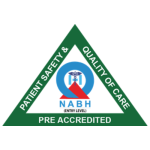
Saideepaneurocare Hospitals is NABH certified, a mark of excellence in patient safety and care. We follow stringent healthcare protocols and maintain world-class hygiene standards.
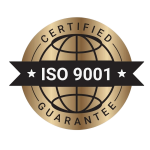
We are ISO 9001 certified, ensuring the highest standards in quality management and patient care. This certification reflects our commitment to efficient processes and continuous improvement in healthcare services.
How Peripheral Vascular Diseases are Diagnosed?
Accurate diagnosis is crucial for effective management of Peripheral Vascular Diseases. Doctors begin with a detailed medical history and physical examination, looking for weak pulses in the legs, skin changes, or non-healing wounds.
The Ankle-Brachial Index (ABI) is one of the simplest yet effective diagnostic tools. It compares the blood pressure in the ankle with that in the arm to detect arterial narrowing. Doppler ultrasound provides real-time images of blood flow, helping identify blockages or clots.
For more detailed assessment, imaging tests such as CT angiography, MR angiography, or conventional angiography may be used. Venous PVD is diagnosed through duplex ultrasound, which evaluates vein valve function and detects clot formation. Early detection through these methods prevents irreversible damage and allows timely treatment.
What are the Treatment Options for Peripheral Vascular Diseases?
Treatment for PVD depends on the severity and underlying cause. Lifestyle modifications form the first line of management. Quitting smoking, adopting a healthy diet, and exercising regularly improve circulation significantly. Structured walking programs have been shown to reduce claudication pain and enhance mobility.
Medical management includes medications such as antiplatelet agents to prevent clotting, statins to lower cholesterol, and drugs that improve blood flow. Patients with venous PVD may be advised to use compression stockings to aid blood return.
When conservative measures are not enough, interventional procedures may be recommended. Angioplasty involves inserting a balloon to widen narrowed arteries, often with stent placement to keep them open. In severe cases, bypass surgery is performed to reroute blood flow around the blocked artery. For venous diseases, treatments such as vein ablation, sclerotherapy, or surgical stripping may be considered.
Sai Deepa Hospital - Neuro and Multispeciality
Plot no 387, Church road, Huda colony, Chanda Nagar, Hyderabad – 500050
Prevention of Peripheral Vascular Diseases
Prevention plays a key role in reducing the burden of PVD. Maintaining a healthy lifestyle is the most effective approach. Regular physical activity helps keep blood vessels flexible and promotes circulation. A balanced diet low in trans fats, processed foods, and high in fruits and vegetables reduces cholesterol and prevents atherosclerosis.
Patients with chronic conditions such as diabetes or hypertension should focus on strict control of their blood sugar and blood pressure levels. Routine check-ups with a vascular specialist help identify early signs of circulation problems. Even simple steps like avoiding long hours of sitting, elevating the legs, and wearing supportive footwear can make a big difference in reducing venous complications.
Which is the Best Hospital for Peripheral Vascular Diseases Treatment in Hyderabad
Managing Peripheral Vascular Diseases requires a combination of advanced technology, skilled doctors, and personalized patient care. Our hospital is equipped with modern diagnostic facilities, including Doppler and angiography services, ensuring accurate and early detection.
Our team of vascular surgeons, cardiologists, and interventional radiologists collaborate to create customized treatment plans for each patient. We provide minimally invasive procedures like angioplasty and vein ablation, reducing hospital stay and speeding up recovery.
At our hospital, we provide comprehensive care for intestinal obstruction with advanced diagnostic tools, state-of-the-art surgical facilities, and highly experienced specialists. Our multidisciplinary team of surgeons, gastroenterologists, and critical care experts ensures that every patient receives personalized treatment.
We focus on minimally invasive surgical techniques whenever possible, ensuring faster recovery, less pain, and reduced hospital stays. With 24/7 emergency services, we are equipped to handle even the most complex cases of intestinal obstruction.
Your health and safety are our top priority, and we strive to provide compassionate, patient-centered care from diagnosis to recovery.
Where to get the best Peripheral Vascular Diseases Treatment in Chandanagar, Hyderabad?
📍 Sai Deepa Hospitals, Chanda Nagar, Hyderabad
📞 Call or WhatsApp: +91-7093762716
🌐 www.saideepaneurocare.com
Best Peripheral Vascular Treatment Doctor in Chandanagar | Best Peripheral Vascular Treatment Doctor in Miyapur | Best Peripheral Vascular Treatment Doctor in Kukatpally | Best Peripheral Vascular Treatment Doctor in Hyderabad
Patient Reviews
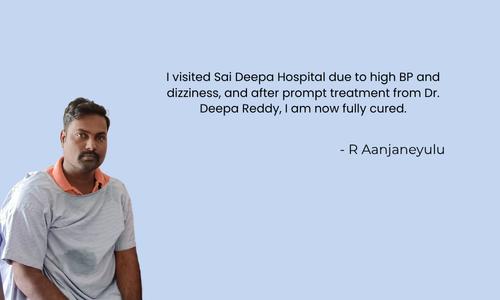
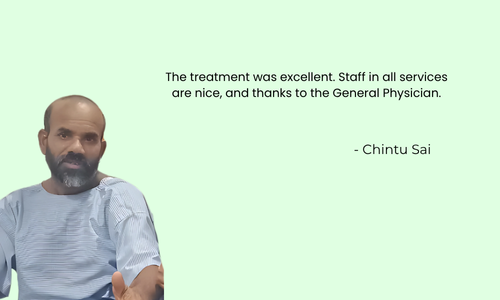
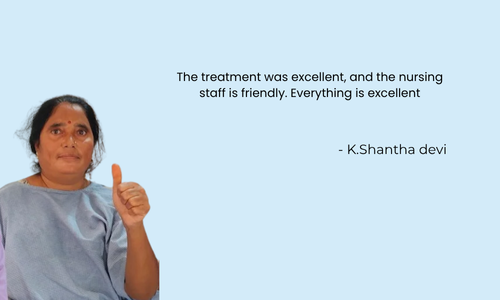
FAQ's on Peripheral Vascular Diseases
1. What are Peripheral Vascular Diseases?
Peripheral Vascular Diseases are conditions that affect blood vessels outside the heart and brain, causing reduced circulation, especially in the legs.
2. What causes Peripheral Vascular Diseases?
The main cause is atherosclerosis, where fatty deposits narrow arteries. Other causes include smoking, diabetes, high blood pressure, obesity, and venous valve problems.
3. How can I prevent PVD?
Regular exercise, healthy diet, avoiding smoking, controlling diabetes and blood pressure, and regular check-ups are the best preventive measures.
4. Can PVD lead to amputation?
Recovery depends on the severity and type of surgery but usually takes several weeks. Patients must follow medical advice for diet and activity restrictions.
5. Is surgery always required for PVD?
No. Many cases are managed with lifestyle changes and medicines. Surgery or angioplasty is needed only in severe cases.
